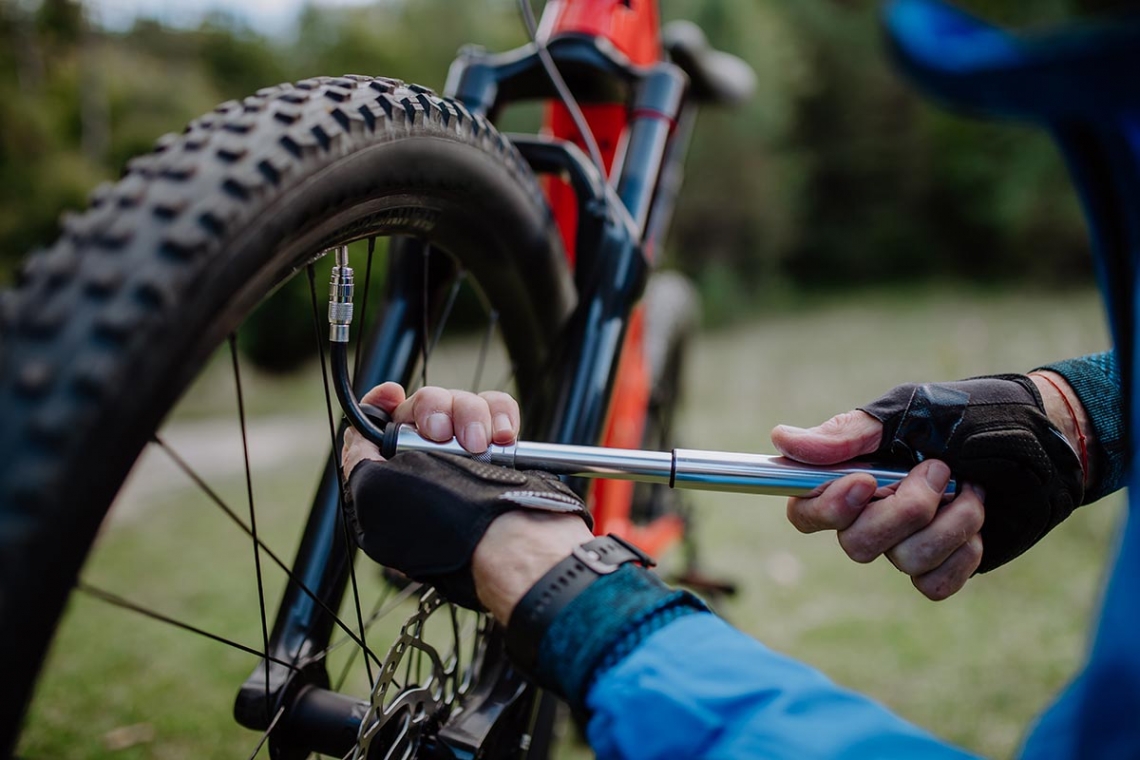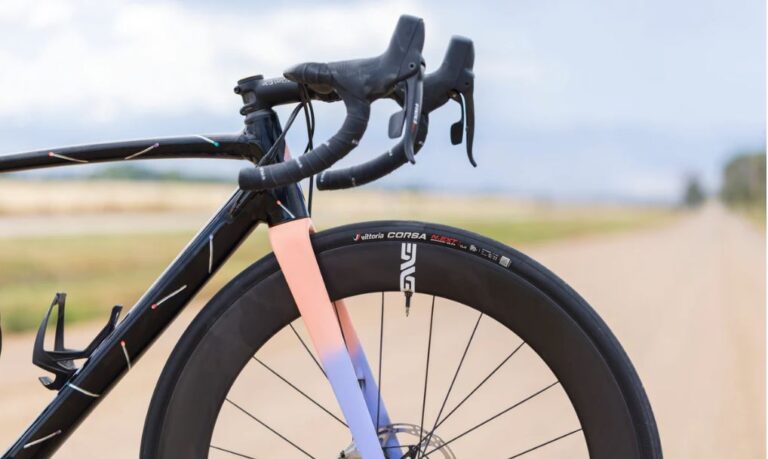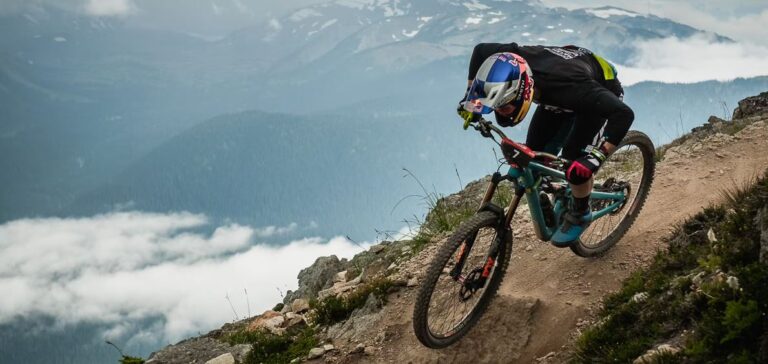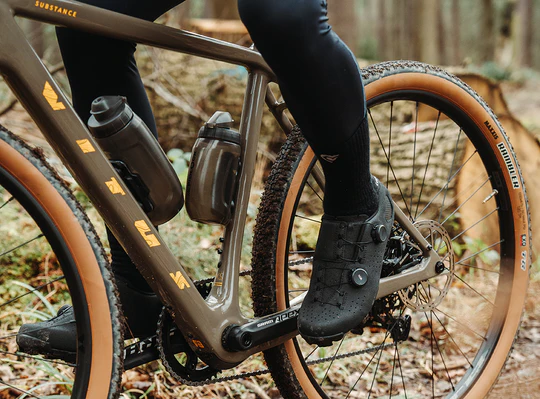Air Pressure Optimization for Enduro Bike Tires: A Guide to Maximizing Your 2024 Ride
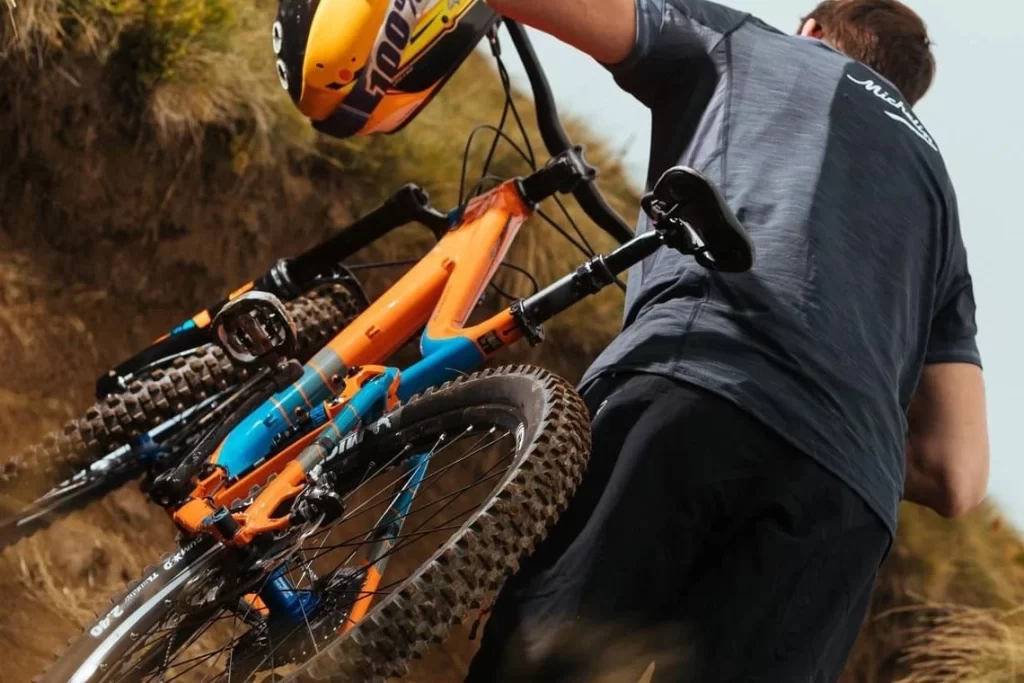
Key Point Summary of Air Pressure Optimization for Enduro Bike Tires:
- Optimal Air Pressure: Balancing grip, control, and efficiency is crucial.
- Terrain Adaptation: Varying pressure based on the terrain enhances performance.
- Tire Volume and Width: These factors influence ideal pressure settings.
- Personal Preference and Riding Style: Experiment to find what works best for you.
- Weather Conditions: Adjust pressure for wet or dry conditions.
- Regular Checks and Adjustments: Regularly monitor and tweak air pressure.
As someone who’s been riding bikes passionately for years – from mountain biking to gravel grinding and cyclocross racing – I’ve learned a thing or two about the importance of tire pressure, particularly in enduro mountain biking. It’s not just about preventing flats; it’s a critical component of your bike’s performance and your riding experience.
Understanding the Basics of Air Pressure in Tires
Air pressure in bike tires is like the foundation of a house; it needs to be just right. Too high, and you’ll feel like you’re bouncing off every rock and root, losing grip and control. Too low, and you risk pinch flats, tire burping, or a sluggish feel. The sweet spot for air pressure allows your tires to conform to the terrain, providing grip and stability while maintaining efficiency.
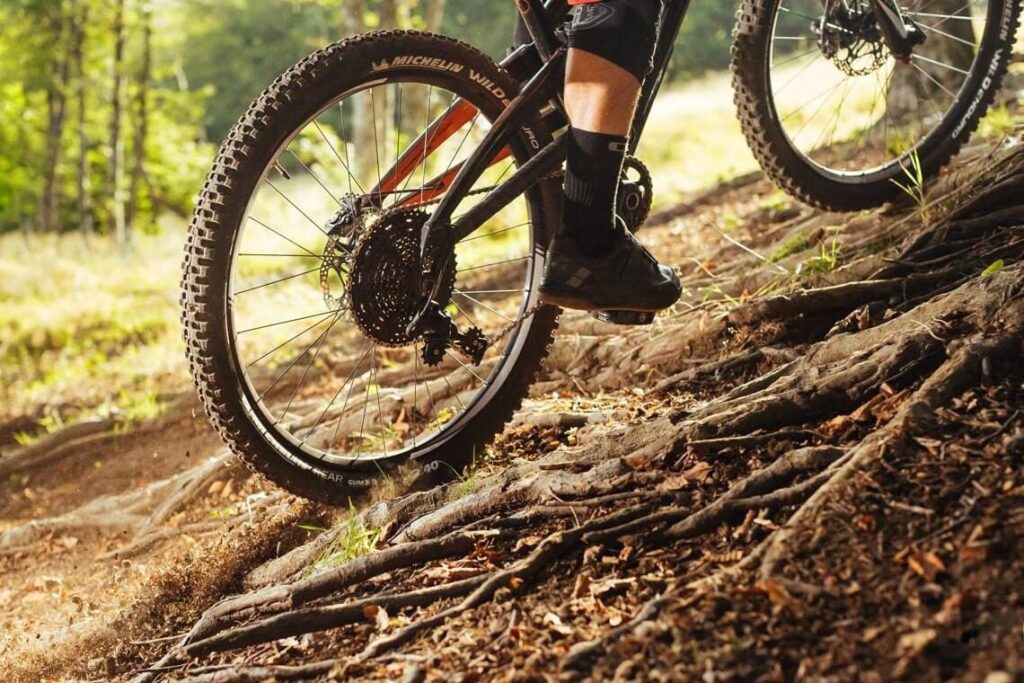
The Art of Terrain Adaptation
In enduro riding, where you tackle a mix of steep, technical descents and challenging climbs, adapting your tire pressure to the terrain is vital. For instance, when I’m facing a day of rocky, root-laden trails, I drop the pressure a bit for better grip. Conversely, on smoother, hard-packed trails, a slightly higher pressure improves rolling efficiency. It’s about finding balance – and that often comes from trial and error.
Tire Volume and Width – Why They Matter
Enduro bikes typically come with wider tires, which can be run at lower pressures compared to narrow cross-country tires. This increased volume provides a more substantial cushion against the terrain. Personally, I find that a wider tire allows for a more forgiving ride, especially on rough trails.
It’s Personal: Finding Your Pressure Sweet Spot
Your ideal tire pressure is as unique as your riding style. Some riders prefer a firmer feel for better responsiveness, while others go for a softer setup for enhanced grip. Weight is also a factor – heavier riders may need higher pressures. The key is to experiment. Start with the manufacturer’s recommendations and adjust based on your preferences and experiences.
Weather Conditions and Pressure Adjustments
Just as you adapt your riding to the weather, so should your tire pressure. Wet, slippery conditions often call for lower pressures for better traction. On dry, hard-packed trails, a bit more pressure might be beneficial. I recall a race day when a sudden downpour turned the course into a muddy slip-and-slide. Dropping my tire pressure made a world of difference in maintaining control.
The Importance of Regular Checks
Consistency is key to maintaining optimal tire pressure. I make it a habit to check my tire pressure before every ride. Even small changes can significantly impact your bike’s handling and performance. A good quality pump with a pressure gauge and a portable tire gauge are essential tools in your cycling kit.
On Trail Adjustments
Be prepared to adjust on the fly. Sometimes what felt right at the start doesn’t hold up once you’re on the trail. Carrying a mini-pump or CO2 inflator allows for mid-ride adjustments, something I’ve found invaluable during long rides or races.
Learning from Experience
Over the years, I’ve had my share of tire pressure mishaps – from pinch flats on rocky descents to feeling like I was riding on marshmallows. Each experience taught me the importance of paying attention to tire pressure. It’s a simple aspect of bike setup that can dramatically affect your ride.
The Community Aspect
Don’t hesitate to ask fellow riders or local bike shops for advice. Tire pressure preferences can vary widely, and hearing different perspectives can be enlightening. I’ve picked up some of my best tips just by chatting with other cyclists at the trailhead.
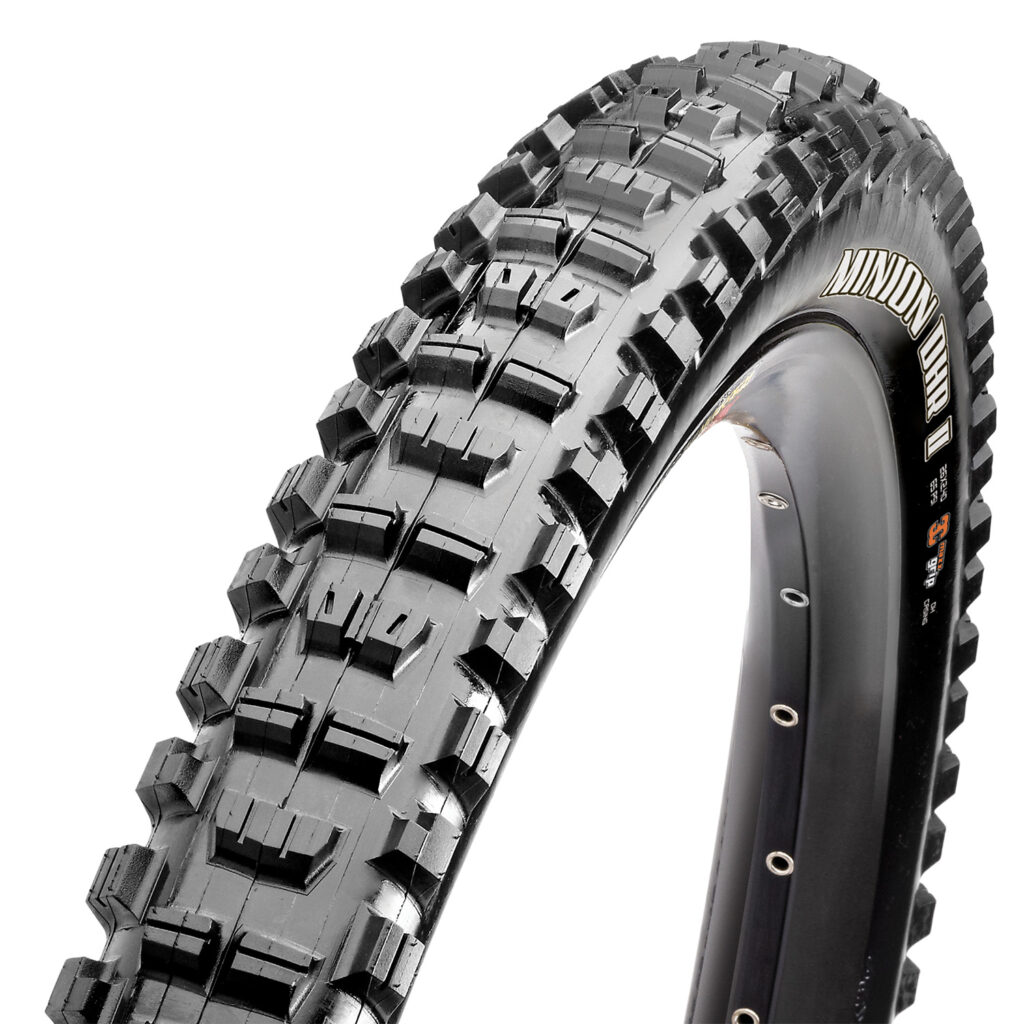
Highly Regarded Enduro Bike Tires for Optimal Pressure Performance
In the realm of enduro biking, choosing the right tire is just as crucial as finding the perfect air pressure. Over the years, I’ve experimented with various brands and models, and I’ve noticed that certain tires consistently stand out in the community for their ability to optimize air pressure performance.
Tires like the Maxxis Minion DHR II and the Schwalbe Magic Mary have gained a reputation for their robust construction and versatility across different terrains. These tires, with their aggressive tread patterns and durable sidewalls, excel in providing a stable ride, even at lower pressures. They offer a fantastic balance of grip and durability, making them a favorite among enduro riders.
A tire that holds up well under varied air pressures can dramatically improve your ride quality and confidence on the trail. It’s always worth investing in a set of tires that are highly regarded in the enduro community, as they can make a significant difference in how you experience and enjoy your ride.
The top three enduro bike tires often recommended are:
- Maxxis Minion DHR II – Known for its excellent traction and durability.
- Schwalbe Magic Mary – Popular for its versatile grip in various conditions.
- Michelin Wild Enduro – Renowned for strong cornering performance and stability.
In Conclusion
Optimizing tire pressure for your enduro bike isn’t just about following a set of rules; it’s about understanding how subtle changes can affect your ride and learning through experience. Whether you’re tackling technical descents, navigating rooty trails, or powering up climbs, the right tire pressure can make all the difference.
So get out there, experiment, and find your perfect pressure – your bike, and your riding experience, will thank you for it.
John
FAQ
What psi should my enduro bike be?
The ideal PSI for your enduro bike tires can vary based on factors like your weight, riding style, tire size, and the terrain you’re riding on. Generally, for most riders, a starting point is between 22 to 28 PSI. However, it’s important to experiment to find the pressure that works best for you. Remember, lower pressure increases grip but too low can lead to flats, while higher pressure improves rolling efficiency but can reduce traction.
What psi should trail dirt bike tires be?
For trail dirt bikes, the tire pressure typically ranges from 12 to 15 PSI. This range provides a balance between traction and protection against flats. However, it’s important to adjust based on specific terrain, rider weight, and personal preference.
What is the tire pressure for a KTM 690 Enduro?
The recommended tire pressure for a KTM 690 Enduro is typically 29 PSI for the front and 33 PSI for the rear.
Is 40 psi too high for MTB?
Yes, 40 PSI is generally too high for mountain biking, as it can reduce traction and comfort.
